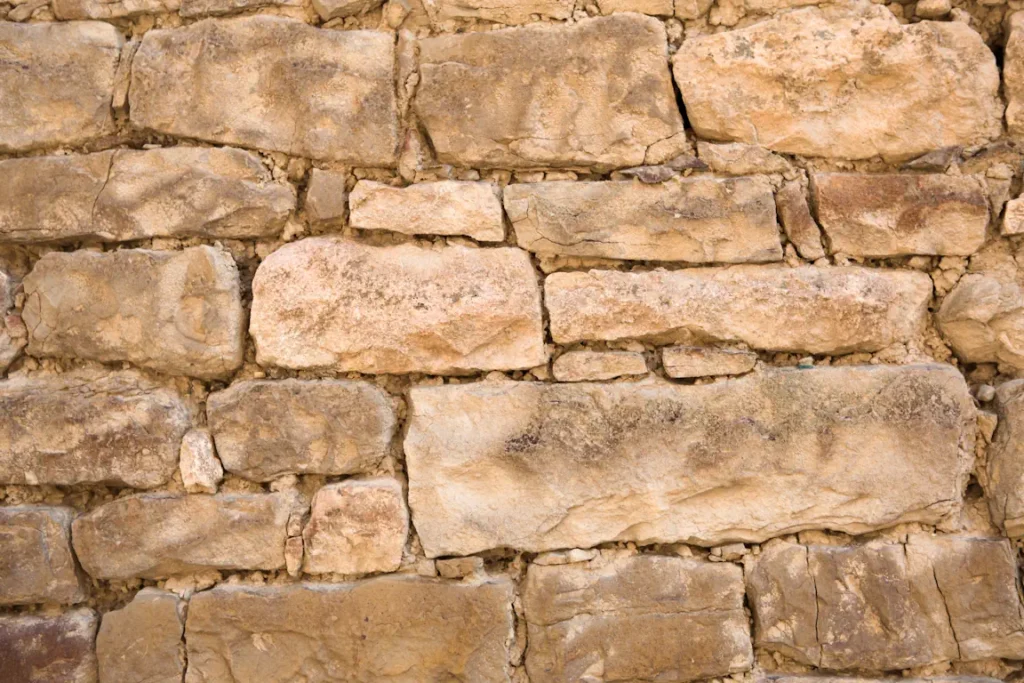Stone barn foundations have stood the test of time, showcasing the ingenuity and resourcefulness of early builders. These foundations not only provided structural integrity but also reflected the local geography and available resources. This article delves into the history, construction methods, and various styles of stone barn foundations, highlighting their significance in agricultural architecture.

Historical Context
Stone foundations were a common choice for barns in the 18th and 19th centuries, particularly in regions where stone was abundant. The use of stone was driven by its durability, availability, and the need for a strong base to support heavy structures. Early settlers often utilized fieldstones cleared from their land, making stone foundations a practical and economical choice.
Why Stone Foundations?
- Durability: Stone is incredibly durable and resistant to weathering, making it an ideal material for foundations. It can withstand the test of time, providing a stable base for barns that could last for centuries.
- Availability: In many regions, stones were readily available, either from fields or nearby quarries. This local availability reduced transportation costs and ensured a steady supply of materials.
- Load-Bearing Capacity: Stone foundations provided excellent load-bearing capacity, essential for supporting the weight of large barns and the heavy loads they often contained.
- Moisture Resistance: Stone foundations offered good resistance to moisture, protecting the wooden structures above from rot and decay.
Construction Methods
- Site Preparation: The site was cleared of vegetation and debris. A trench was then dug to the required depth, ensuring a stable base for the foundation.
- Stone Selection: Stones were carefully selected for their size and shape. Larger stones were typically used at the bottom of the foundation to provide stability.
- Laying the Stones: Stones were laid in the trench, often without mortar in the early days. The stones were carefully fitted together, with smaller stones used to fill gaps and create a solid structure.
- Mortar Use: In later years, mortar was used to bind the stones together, enhancing the stability and longevity of the foundation. Lime mortar was commonly used, as it allowed for some flexibility and movement, reducing the risk of cracks.
- Finishing Touches: The top of the foundation was leveled to provide a flat surface for the barn’s wooden structure. Drainage systems were often installed to prevent water accumulation around the foundation.
Types and Styles of Stone Barn Foundations
Dry-Laid Stone Foundations
These foundations were constructed without mortar, relying on the careful selection and placement of stones to create a stable structure.
Advantages: Dry-laid foundations were flexible and could shift slightly without cracking, making them ideal for areas with freeze-thaw cycles.
Historical Use: Common in early American barns, particularly in regions with abundant fieldstones.
Mortared Stone Foundations
Stones were bound together with mortar, creating a more rigid and stable foundation.
Advantages: Mortared foundations provided greater stability and were less prone to shifting. They also offered better resistance to water infiltration.
Historical Use: Became more common in the 19th century as lime mortar became more widely available.
Rubble Stone Foundations
These foundations used irregularly shaped stones, often sourced from field clearing. The stones were laid in a rough, random pattern.
Advantages: Rubble stone foundations were economical and made use of readily available materials. They provided good drainage and were relatively easy to construct.
Historical Use: Frequently used in rural areas where fieldstones were abundant.
Cut Stone Foundations
Stones were cut to uniform shapes and sizes, creating a more refined and formal appearance.
Advantages: Cut stone foundations were aesthetically pleasing and provided a very stable base. They were often used in more prominent or high-status barns.
Historical Use: Less common due to the labor-intensive process of cutting stones, but found in areas with skilled stonemasons.
Storing Materials
Proper storage of materials was crucial to ensure the quality and longevity of stone foundations:
- Stones: Stored in piles, often covered with tarps to protect from weather. Larger stones were kept separate from smaller ones to facilitate selection during construction.
- Mortar: Lime and other materials were stored in dry, cool places to prevent moisture damage. Lime was often kept in barrels or covered pits to maintain its quality.
Conclusion
Stone barn foundations are a testament to the ingenuity and resourcefulness of early builders. Their durability, availability, and load-bearing capacity made them an ideal choice for supporting the heavy structures of barns. From dry-laid and mortared foundations to rubble and cut stone styles, each type has its unique characteristics and historical significance.
By exploring the rich heritage of stone barn foundations, we gain a deeper appreciation for the craftsmanship and resourcefulness that have shaped our agricultural landscape. Whether you’re a history enthusiast, a farmer, or someone interested in architecture, the story of stone barn foundations is a fascinating journey through time.

